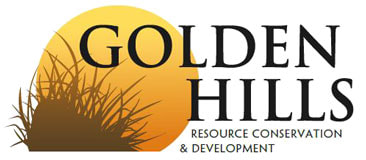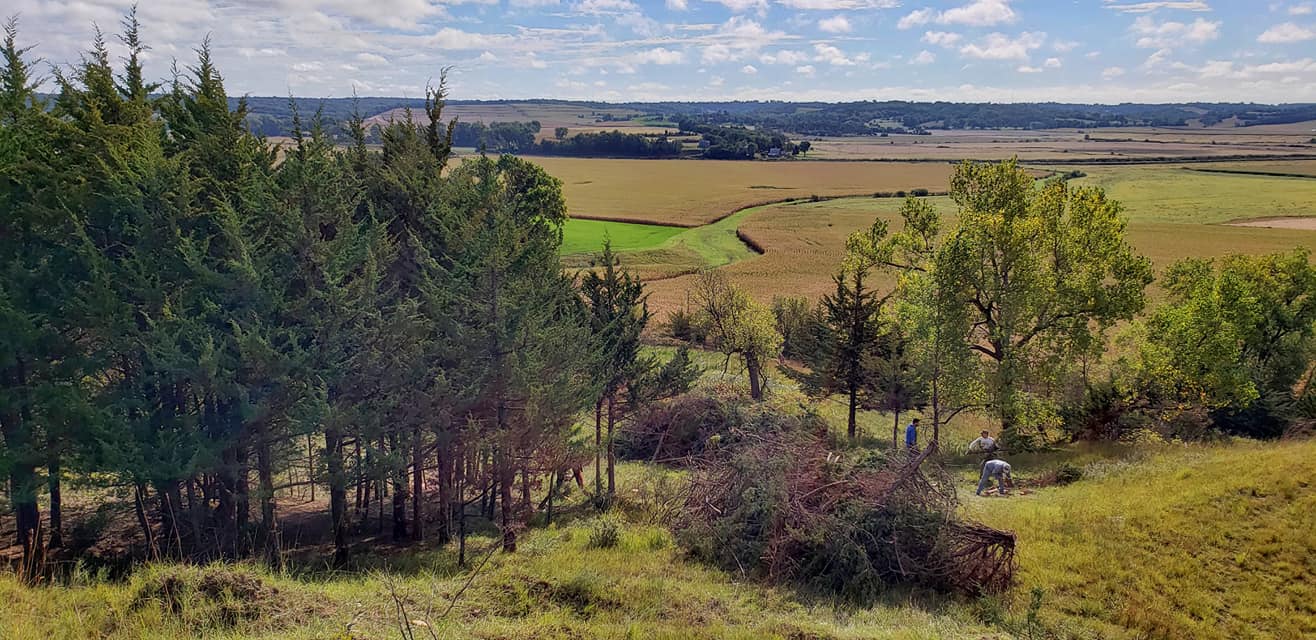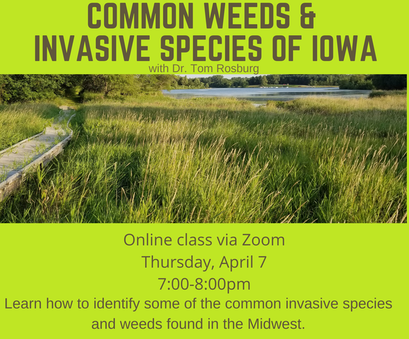|
updated 2-22-23 The last week of February is Invasive Species Awareness Week, which is "an international event to raise awareness about invasive species, the threat that they pose, and what can be done to prevent their spread." Iowa's landscape has many non-native plant and animals species that can wreak havoc on native plant & wildlife communities, as well as cause economic damage. Invasive species have varying levels of concern depending on their impacts. Some invasive species cause relatively few problems, while others can destroy native ecosystems. Some require action to avoid legal consequences, while others are more a concern to land managers working to restore prairies and savannas. Eastern red cedar (Juniperus virginiana), for example, is one species that can take over and shade out native prairie species, resulting in dense monocultures of coniferous trees where almost no other species can survive. Although they are actually native to the region, removing fire and grazing animals from the landscape has led to their proliferation in recent decades. Smooth brome (Bromus inermis) is a grass that was planted in livestock pastures, along roadsides, on terraces and grassed waterways, and elsewhere across the Midwest. While it's not necessarily a problem in every site, it can be challenging to control in prairie restorations and reconstructions. If you have an area where you'd like to restore or create a prairie, you will need to manage the brome. Crown vetch (Coronilla varia) is a non-native legume that was planted for erosion control and ground cover. It has physical similarities to native vetch species but should be eradicated. Reed canary grass (Phalaris arundinacea) prefers wetter areas and has resemblance to some native grasses. These species are problematic in prairies and wetlands because they can crowd out native species. In woodlands, garlic mustard (Alliaria petiolata) is one of the most aggressive understory species. Like cedars, it can take over an area and prevent most other species from growing. Tree of heaven (Ailanthus altissima) was planted as an ornamental and is one of the fastest-growing and -reproducing woody species around. Garlic mustard and tree of heaven can quickly take over a woodland and prevent native species from growing. Some species are listed as noxious weeds and landowners have a legal obligation to remove them. If you have confirmed presence of noxious weeds on your land, you should take action to eradicate them. The links below have full listings of all invasive flora species in Iowa as well as fauna such as insects and aquatic species. If you like the look of certain invasives, plant a native species with similar characteristics instead. Check out the Midwest Invasive Plant Network's Landscape Alternatives for Invasive Plants of the Midwest brochure and mobile app to help find native species. Golden Hills worked with Dr. Tom Rosburg of Drake University on a Common Weeds & Invasive Species virtual program in 2022. View the class recording here or below. Here are several additional resources to learn more about invasive species in Iowa:
0 Comments
Leave a Reply. |
Archives
June 2024
Categories
All
|
Address712 South Highway Street
P.O. Box 189 Oakland, IA 51560 |
ContactPhone: 712-482-3029
General inquiries: [email protected] Visit our Staff Page for email addresses and office hours. |



 RSS Feed
RSS Feed